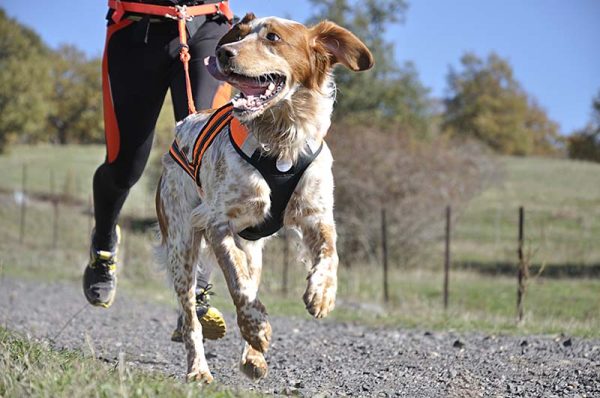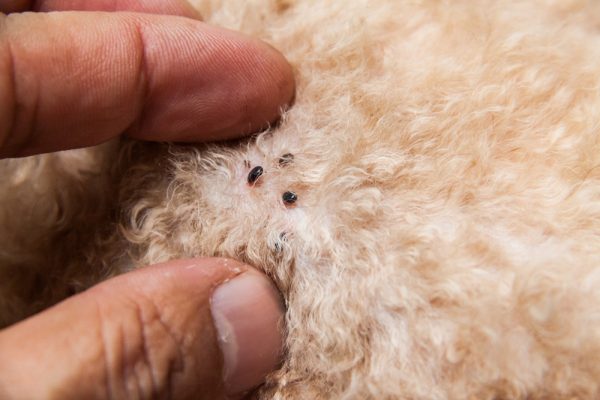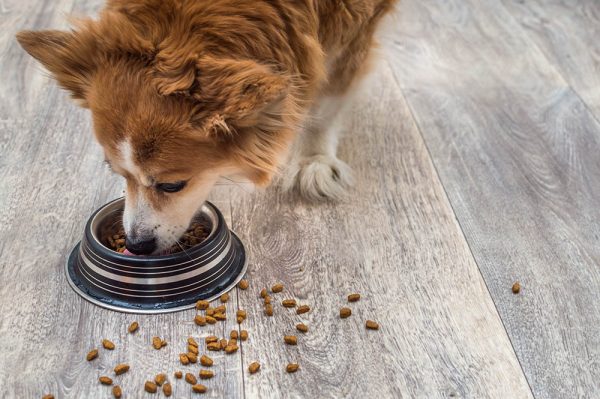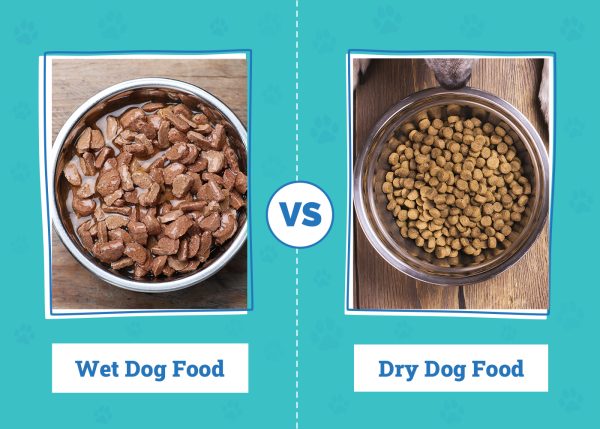In this article
Sage is a commonly used herb in the kitchen that flavors foods and is also used in essential oils, creams, ointments, and medicines. If you cook with sage or have it growing abundantly in your garden, you may wonder if your canine friend can eat it too.
Some herbs are toxic to dogs and should be kept out of their diet, but if you love to sage up your food, you will be happy to know that sage is not considered toxic to dogs, according to the ASPCA.1 In this article, we’ll discuss the potential benefits of sage and whether you can incorporate it into your dog’s diet.
Before offering your dog any new ingredients, you should consult with your vet, as depending on the amount and your dog’s age, size, and underlying health, even non-toxic compounds can be harmful to certain pets.

Can Dogs Eat Sage?
Yes, but in very small amounts occasionally and only according to your vet’s advice! Just because something is not toxic, it doesn’t mean it is beneficial or safe. Your dog can eat sage and enjoy all parts of the plant too only in moderation! The leaves, stems, and flowers are all considered non-toxic to dogs, but that doesn’t mean you should give them to your dog daily or in large amounts.
The sage plant, Latin name Salvia officinalis, has many properties that may benefit your dog’s health, including antiseptic, antimicrobial, and anti-inflammatory benefits. These benefits on dogs’ skin health were also illustrated in the study from Tresch, although further research into its application and safety for dogs is required.1.
However, even though sage is not harmful, you should give it to your dog only in moderation and after you have consulted with your vet. Be mindful also that Spanish sage contains thujone, which could have a negative effect on human health, although studies in dogs are lacking and this data cannot be extrapolated to canines.2
It’s also important to distinguish the sage from similarly named plants from a completely different family, called Verbenaceae, which include Shrub verbena, yellow and red sage, that are actually toxic to dogs.
Another aspect to consider is essential oils, that contain high levels of concentrated sage, and this is not safe for dogs. It can also potentially lead to allergic reactions in some pets. The medical profession warns this may have led to toxic effects and seizures in children who may have ingested it accidentally, but as there is no data about this for dogs, it is best to completely avoid using it.
If you need to speak with a vet but can't get to one, head over to PangoVet. It's an online service where you can talk to a vet online and get the personalized advice you need for your pet — all at an affordable price!

Benefits of Sage: Are They Applicable to Your Dog?
Sage is considered a superfood due to its health properties and the fact that it packs in loads of vitamins and minerals. First of all, sage is a good source of vitamins A, E, and K, which support bone, skin, and eye health in people, and contains reasonable amounts of the essential minerals zinc, magnesium, calcium, potassium, and phosphorus for balanced nutrition and healthy immunity.
Still, don’t forget that the amount of sage people consume on a daily or weekly basis is too small for any actual consistent health benefits, and the same will apply to dogs, who should not have it on a regular basis without checking with your vet.
Also, these benefits are extrapolated from human medicine and nutrition, and cannot be applied to dogs, as in reality, there is limited research into these effects for our canine companions, and there is a lot of anecdotal information online without scientific backing. Still, we will briefly discuss some of the known benefits of sage for people, but your vet should be consulted if you are thinking of including sage in your dog’s food, even as just an occasional treat.

1. Anti-Inflammatory Properties
Sage has natural anti-inflammatory properties that can help relieve pain and other inflammatory conditions. The astringent properties of sage can also reduce inflammation and redness in the skin.
2. Antioxidants and Other Ingredients
Sage contains antioxidants that will help protect against oxidation in the cells and fight against free radicals, and the antimicrobial properties may help fight off some pathogens that can cause infection, but further research is required into these claims.
Sage does not provide significant amounts of fiber, protein, calories, and carbohydrates. Some claim that sage can also help relieve bloating and gas. If your dog suffers from seasonal allergies, the rosmarinic acid found in sage leaves can help relieve them.
The plant’s leaves can also boost your memory. The hydroalcoholic extract and its main flavonoid rosmarinic acid can improve mental clarity and cognition based on limited studies performed in rats.

Should You Give Your Dog Sage?
Not before speaking to your vet, due to everything we have covered in this article. Sage is not considered toxic to dogs, but it doesn’t mean they will benefit from having it. The amount of nutrients is quite limited based on the safe and appropriate amount a dog can eat. Your vet will instruct you on the safety and appropriateness of sage for your dog, and whether it is beneficial for them at all.
If your vet considers sage or other supplements for your dog, when giving your dog sage for the first time, it should be introduced slowly and in moderation. Too much sage may cause vomiting or diarrhea. Make sure you monitor your dog for any side effects.
Before serving any new ingredients to your pet, always first check with your veterinarian. Whenever you modify your dog’s diet, it’s best to confer with your vet to ensure the new food is suitable for their health.
Is Burning Sage Safe Around My Dog?
Some people enjoy burning or smudging with dried sage wands to cleanse or purify a space. It’s an ancient practice that many still follow today. Smudging can have great benefits for humans, but it sadly doesn’t do much for our pets.
While sage is non-toxic for dogs to consume, burning it in their presence is not the best idea. A dog’s sense of smell is like its superpower, so the smell of burning sage may be overpowering and overstimulating. Furthermore, smoke of any kind is harmful to dogs. It may cause lung issues, respiratory and eye irritation, and coughing.
There are no extensive clinical studies available yet to prove that sage smoke is harmful to dogs but prevention is always better than cure. If you choose to smudge with sage or burn it in your home, make sure you don’t do it directly around your dog and ensure the area is well-ventilated. Monitor your dog for any potential reactions to the smoke and smell.

Other Ways to Keep Your Dog Healthy
Although sage is not considered toxic to dogs, its health benefits are quite limited. A complete and balanced diet is all your pooch needs for a healthy and happy life.
- Feed your dog a high-quality, well-balanced diet.
- Do not overfeed your dog. Limit treats to help maintain a healthy weight.
- Check food labels; they list ingredients in order from largest to smallest. You can research the first few ingredients to determine how good they are for your dog. The first two ingredients should always be high-quality proteins.
- Avoid giving your dog human food or table scraps, as these are caloric and fatty, and are not appropriate for your dog to eat, potentially leading to obesity, stomach upset, or pancreatitis.
- Make sure your dog also has access to fresh water. Without water, your dog’s body will not function properly.

Conclusion
Dogs can eat a small amount of sage but they are unlikely to benefit from it significantly. It is high in vitamins and minerals, provides anti-inflammatory properties, contains antioxidants, and has many health claims, some of which are still anecdotal, while others are backed by research, but only currently applicable to people, not dogs.
Like any new item you add to your dog’s diet, check with your veterinarian first to ensure it benefits your pet and introduce it gradually.
See also:
- Can Dogs Eat Pears? Vet-Approved Facts & FAQ
- Can Dogs Eat Rhubarb? Vet-Verified Nutrition Facts & FAQ
Featured Image Credit: JumpStory




















